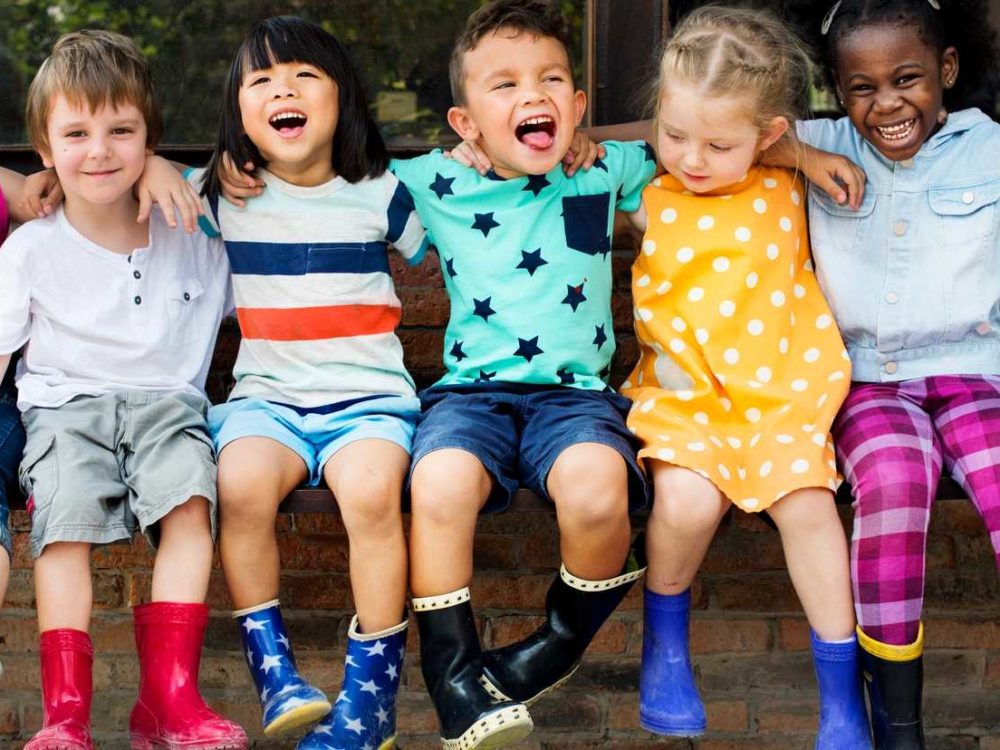In the whirlwind of toddlerhood, where emotions run high and energy runs higher, creating a space for calm isn’t just helpful, it’s essential. At Greenehouse Children’s Center, we believe in nurturing the whole child, and that includes helping them navigate the big feelings that come with growing up.
One powerful tool in this journey is the cool down zone, a cozy, quiet space designed to help children self-regulate when they feel overwhelmed. Whether it’s the buzz of a busy classroom, the excitement of outdoor play, or simply a tough moment, toddlers often experience overstimulation, which can lead to meltdowns, irritability, or withdrawal.
What Is Overstimulation?
Overstimulation happens when a child’s senses are bombarded with more input than they can process, such as loud noises, bright lights, or too many activities at once. According to pediatrician Dr. Pierrette Mimi Poinsett, “Overstimulation can occur in routine situations at home with loud TV volume and music, as well as in special cases such as a crowd of people at a party and outdoor events” (source).
Children under five are especially vulnerable. Their brains are still developing the ability to filter sensory input and regulate emotions. As Dr. Kerri Milyko, a board-certified behavior analyst, explains, “Meltdowns can look like tantrums, but they are not ‘to get something’ or a response when your child is told ‘no.’ It is often an involuntary response because the culmination of the sensory stimuli is too much to handle” (source).
How Cool Down Zones Help
Cool down zones offer a safe retreat where children can reset. These spaces are typically stocked with soft pillows, sensory toys, calming visuals, and books. The goal isn’t punishment, it’s empowerment. Children learn to recognize their feelings and choose to take a break before emotions escalate.
Cool down areas are designed with toddler-friendly features and can include tools like:
- Soft lighting and muted colors to reduce sensory load
- Mirrors to help children identify their emotions
- Breathing cards and stuffed animals for comfort
- Visual emotion charts to support communication
Over time, children begin to use these spaces independently, building emotional intelligence and resilience.
Tips for Parents
You can create a cool down zone at home too. Choose a quiet corner, add a few comforting items, and introduce it during calm moments. Encourage your child to use it when they feel “too busy” inside. The key is consistency and modeling. When you show your child how to pause and breathe, they’ll learn to do the same.
Final Thought
Helping toddlers manage overstimulation isn’t about avoiding the world, it’s about giving them tools to thrive in it. Cool down zones are a gentle, effective way to support emotional growth, and they remind children that it’s okay to take a moment for themselves.
Want to see our cool down zones in action? Stop by Greenehouse Children’s Center. We’d love to show you how we turn big feelings into big learning. Reach out and set up a tour in either of Dunlap locations.




